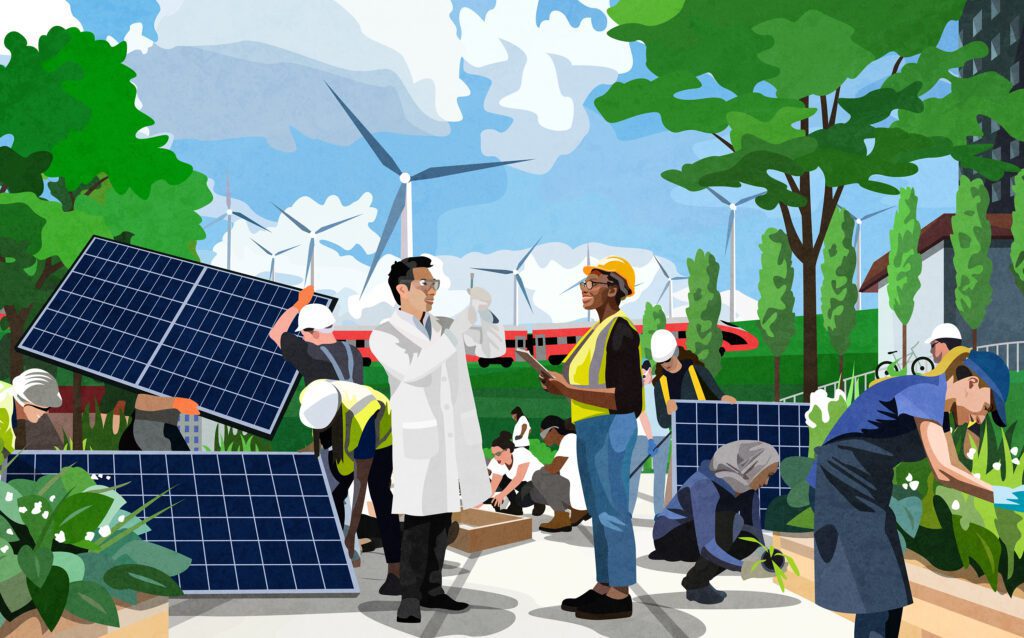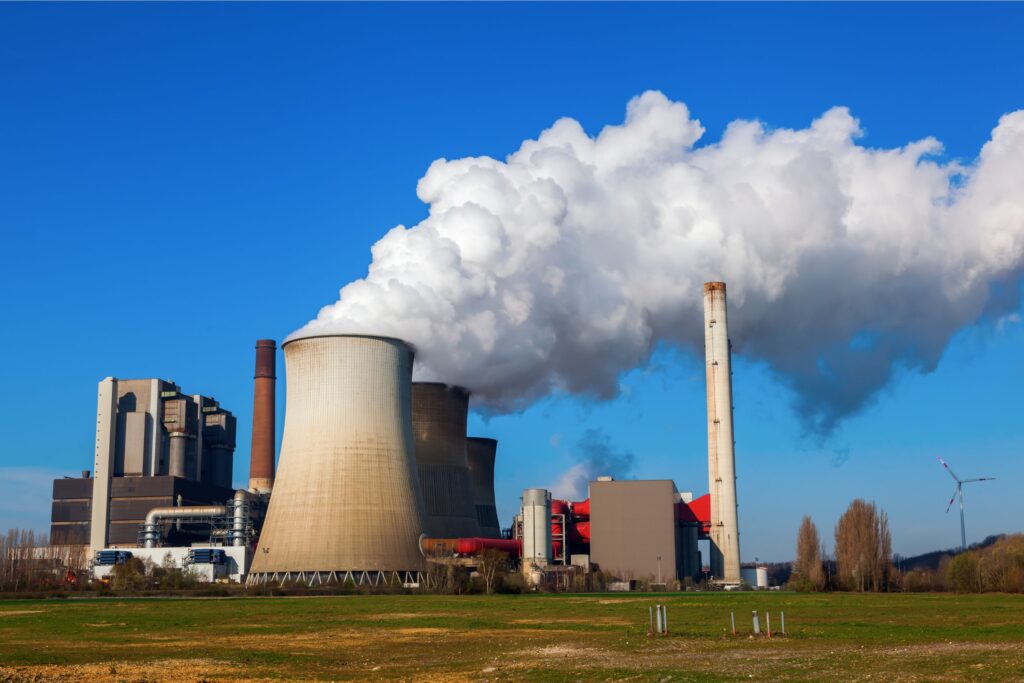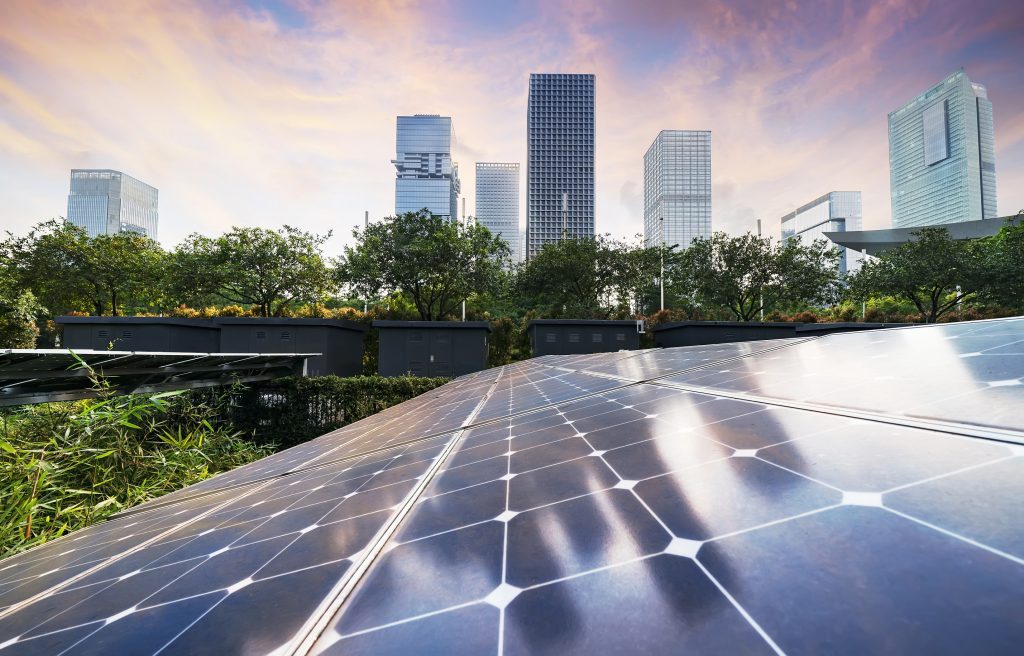I had a front row seat to a historic moment. As a delegate to the U.N. climate conference in Paris, I was able to watch 195 countries adopt the Paris Agreement just a few days ago. After three successive overnight negotiating sessions, and more than 24 hours after the conference was supposed to end, French Foreign Minister Laurent Fabius finally banged his custom-made, green gavel on Saturday evening to signal that an agreement had been reached.
The Paris Agreement is historic but only partly because of its contents. The agreement is the first global accord on climate change that fully acknowledges the science of climate change. But it is the global, people-powered movement that I think will be most noted by history, and which is driving action on climate change.
In terms of recognizing the science, the agreement commits the world’s governments to keep global warming well below 2 degrees Celsius, and to work for that limit to be 1.5 degrees. This goal is important because climate scientists have predicted that dangerous impacts—such as small island states like Tuvalu and Vanuatu disappearing under rising seas—will occur as the planet warms from 1.5 to 2 degrees above pre-industrial temperatures.
The Paris Agreement also adopts the long-term goal of having the entire planet be carbon neutral in as little as 35 years. This is a recognition that the source of climate change—the burning of fossil fuels—must be eliminated. This is good news for our shared climate.
Make no mistake, these goals were not set because political leaders from 195 countries suddenly all decided that climate change was their highest priority. These goals were set because social movements around the world demanded it. People stood together in innumerable countries to oppose new coal mines, to protest polluting power plants, to mobilize against oil pipelines, and to demand action on climate change. The leaders of the world’s countries committed to the Paris agreement because their citizens demanded it.
And now, every new energy or infrastructure proposal must be vetted based on these goals. Limiting warming to 1.5 degrees means deep emission reductions over a very short time span. Those proposing highly polluting energy projects that will be around for a generation or more will be hard pressed to show that their proposed project fits into this new low-carbon paradigm.
While there are elements in the agreement that are strong, where the agreement falls short is with nearer-term commitments. The targets that are currently on the table for 2025 or 2030 will allow global warming of 3 degrees Celsius or more. The gap needs to be filled, since waiting 10 or 15 years will close the door on holding on to a safe future.
The Paris Agreement allows for a review and updating of climate change commitments in the short-term. In 2018, the world’s governments will come together once again and, with the help of the United Nations, evaluate progress towards long-term goals like the 1.5 degree temperature limit. Starting in 2020, every five years countries must update their commitments.
These will provide moments where the eyes of the world will be on governments, their commitments, and their actions to fulfill their commitments. Globally, citizens will ensure that a bright light will be shined on countries and governments that are not doing their fair share. And they will demand their countries do better.
The delivery of international climate financing will also be scrutinized. This financing will assist poor, developing countries to adapt to climate change impacts that they did not cause, and to undertake economic and social development that follows a low-carbon pathway. Here too the Paris Agreement provided mixed results. The commitment to mobilize $100 billion per year in climate financing in 2020 is characterized in the agreement as a floor to build upon and is extended to an annual contribution for every year up to 2025.
However, rich, industrialized countries did not provide full clarity on how the $100 billion will be generated, even in 2020. Greater transparency and predictability in climate financing is needed by developing countries so they can craft and execute climate adaptation, energy implementation, and economic development plans.
The Paris Agreement has big implications for Canada. The Canadian government played a constructive role in Paris. It expressed support for the 1.5 degree limit midway through the negotiations, which helped give positive momentum to the talks.
Now, energy development in Canada must be reflected in that commitment. Getting to carbon neutrality means a managed decline in fossil fuel industries, in Canada and around the world, and phasing in 100 per cent renewable energy.
That won’t happen overnight. It is a huge undertaking. But the transition has started already, and the federal government needs to work with the provinces to accelerate it.
From coast to coast to coast, Canadians are demanding meaningful climate action. Over the past year, we’ve gathered in record numbers in many cities across the country to call on our leaders to act now. On the eve of the Paris summit 25,000 marched in Ottawa, a city not known for grassroots activism. Canadian citizens have now chosen leaders that are serious about climate change—in many provinces and at the national level—and that’s a good thing.
We can’t afford any more delays. In Paris, the Canadian government spoke some very strong words about climate change. We, along with thousands of concerned Canadians, will be working to make sure those words turn into actions.







